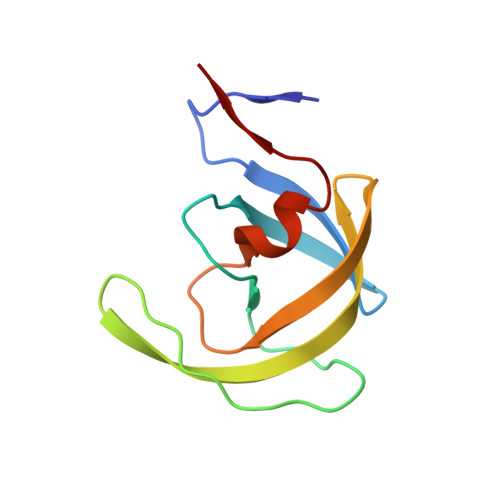HIV-1 Protease Inhibitors with a Transition-State Mimic Comprising a Tertiary Alcohol: Improved Antiviral Activity in Cells.
Mahalingam, A.K., Axelsson, L., Ekegren, J.K., Wannberg, J., Kihlstr, J., Unge, T., Wallberg, H., Samuelsson, B., Larhed, M., Hallberg, A.(2010) J Med Chem 53: 607
- PubMed: 19961222
- DOI: https://doi.org/10.1021/jm901165g
- Primary Citation of Related Structures:
2WKZ, 2WL0 - PubMed Abstract:
By a small modification in the core structure of the previously reported series of HIV-1 protease inhibitors that encompasses a tertiary alcohol as part of the transition-state mimicking scaffold, up to 56 times more potent compounds were obtained exhibiting EC(50) values down to 3 nM. Three of the inhibitors also displayed excellent activity against selected resistant isolates of HIV-1. The synthesis of 25 new and optically pure HIV-1 protease inhibitors is reported, along with methods for elongation of the inhibitor P1' side chain using microwave-accelerated, palladium-catalyzed cross-coupling reactions, the biological evaluation, and X-ray data obtained from one of the most potent analogues cocrystallized with both the wild type and the L63P, V82T, I84 V mutant of the HIV-1 protease.
Organizational Affiliation:
Department of Medicinal Chemistry, Organic Pharmaceutical Chemistry, BMC, Uppsala University, Box 574, SE-751 23 Uppsala, Sweden.















